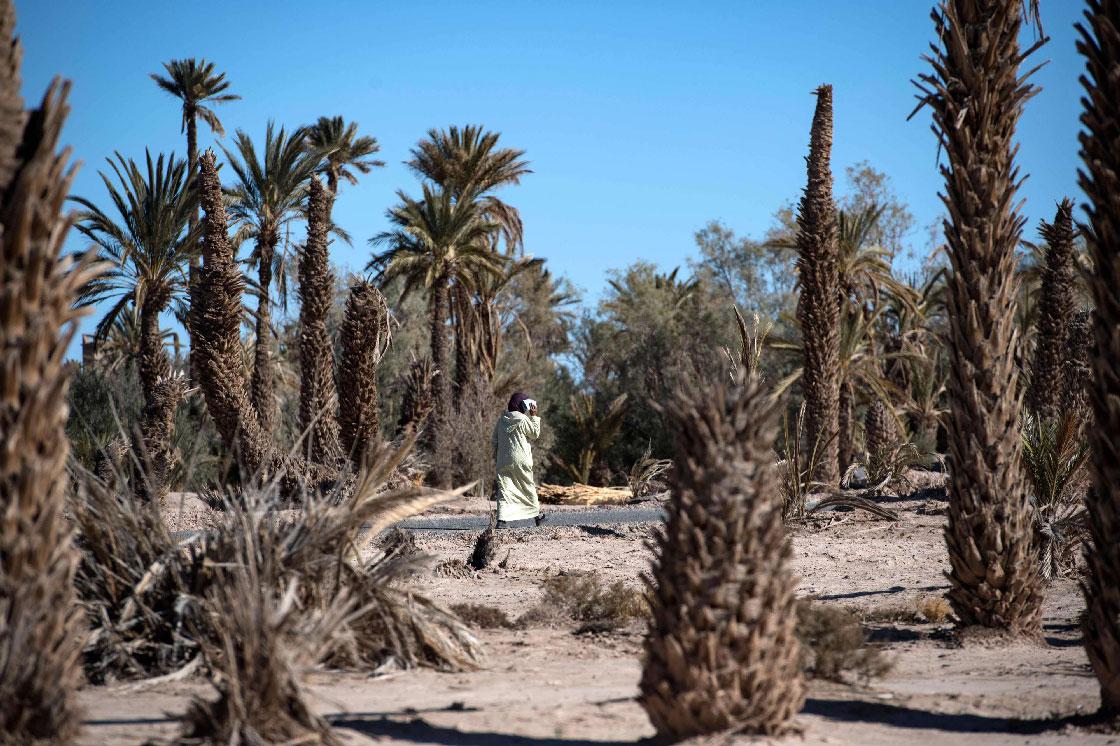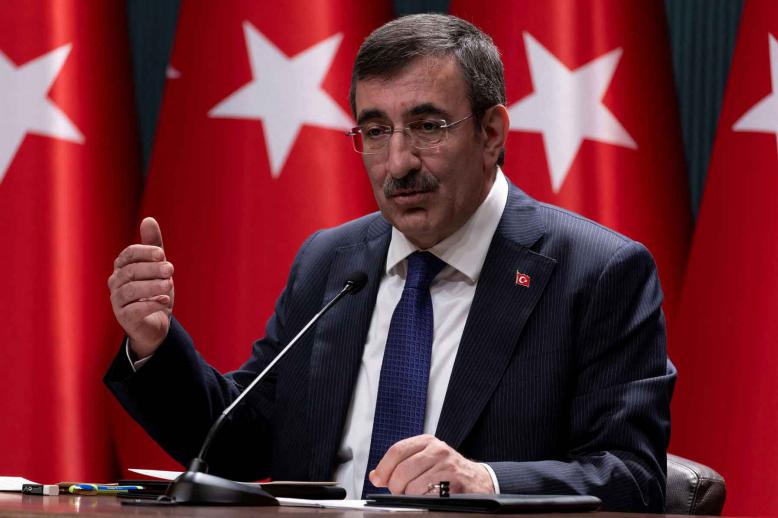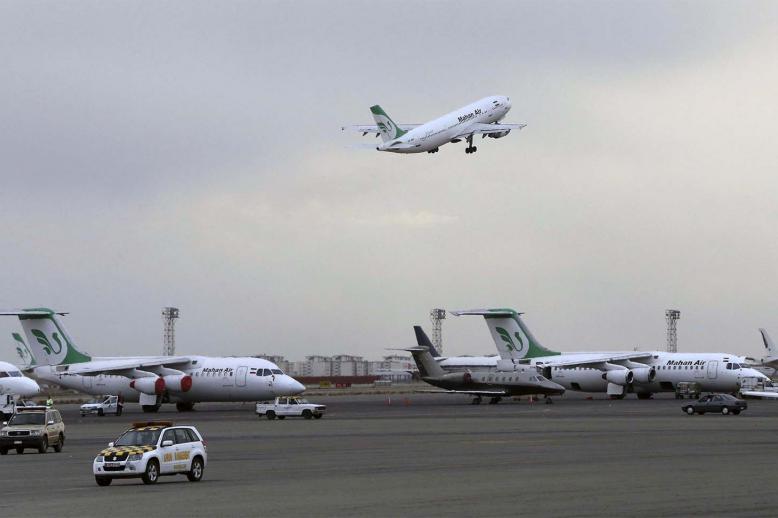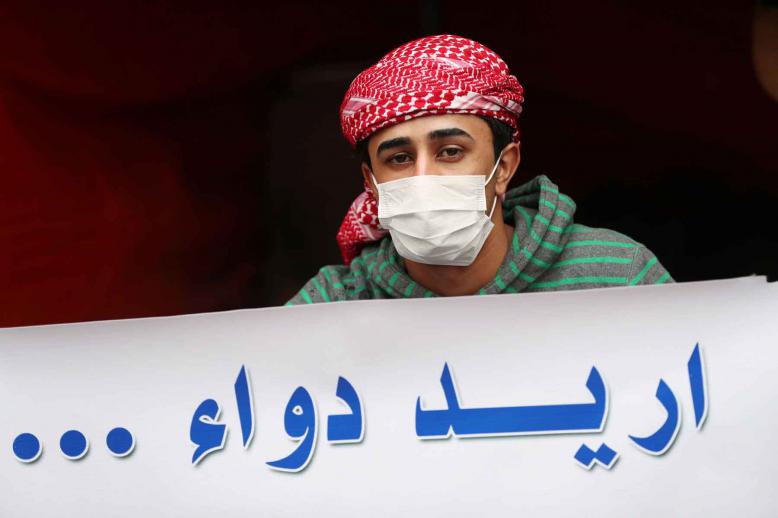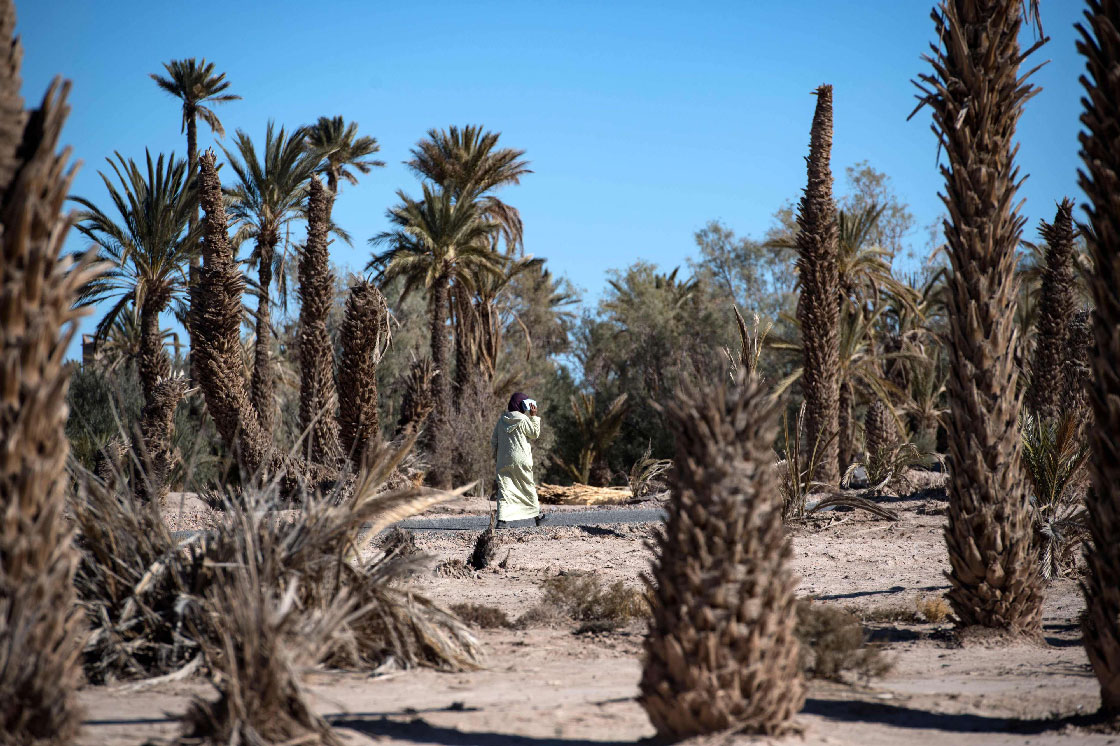Morocco heading towards second successive drought season
CASABLANCA - Unusually high temperatures across Morocco and a lack of rain are pressuring the country, which is heading towards a second successive drought season that is expected to affect 2020 economic growth.
Bank Al Maghrib, Morocco’s central bank, forecast economic growth of 3.8% for the current year while the Moroccan Centre of Conjuncture (CMC) predicted 4.6% growth after a disappointing 2.9% growth in 2019, which was blamed largely on a significant drop in agricultural output because of insufficient rainfall in early 2019.
The CMC’s forecast was based on an increase of more than 10% in agricultural value added at the end of the current agricultural year. However, the CMC’s gamble was dealt a blow by data that suggest that since the end of December, the country is showing a rainfall deficit of 37.6% compared to 2018-19.
Cereal production for last year decreased 49% compared to the exceptional 2017-18 season. Production totalled 5.2 million tonnes, far lower than the 6.1 million tonnes forecast by the Agriculture and Fisheries Ministry.
Morocco spent $960 million on wheat imports in 2019 compared to $950 million in 2018, while corn imports reached $540 million last year compared to $480 million the year before.
Wheat production in Morocco should amount to 4 million tonnes during the current season, 42% less than the 2018-19 season, forecasts by the US Department of Agriculture stated.
In 2014, cereal crops in Morocco occupied 65% of the country’s agricultural area, said the Policy Centre for the New South, a Moroccan think-tank.
Since 2008, the Green Morocco Plan agricultural strategy has sought to decrease the weight of cereals in agricultural added value by developing sectors with higher added value, such as fruit, to help farmers overcome the inconsistent weather patterns.
Farm income is volatile in semi-arid Morocco where climate change has caused droughts and summer flash floods in some areas.
The High Commission for Planning of Morocco forecast a 4.3% drop in agricultural value added and economic growth of 2.3% because of the drop in cereal production.
With no precipitation forecast nationwide in the short term and unusually high temperatures in February, prospects of a good agricultural campaign were evaporating, which experts said would have dire consequences on small farmers, exacerbate rural exodus and slow economic growth.
Agriculture accounts for more than 15% of Morocco’s GDP and employs 40% of the workforce.
The Moroccan government has frozen customs duties of 35% on wheat imports from January 2-April 30 following rising prices on wheat and diminishing stocks on the international market.
Morocco was ranked the 22nd-most water-stressed country in a report by the World Resources Institute. Morocco’s water stress is defined at 1,000-1,700 cubic metres of available freshwater per person per year, the UN Economic Commission for Africa (UNECA) said.
By 2025, the country’s water security is expected to worsen to a condition of “water scarcity,” with predictions of less than 1,000 cubic metres of available freshwater per person per year, said the UNECA.
Morocco has introduced a $12 billion programme that includes dam building, improving water consumption, preserving of water resources and increasing supply in rural areas.
Moroccan Agriculture Minister Aziz Akhannouch said the 2020-27 programme would supply irrigation water to 510,000 hectares and benefit 160,000 farmers.
Some $990 million is to be invested in converting traditional irrigation systems into drip irrigation and equipping 350,000 hectares of agricultural land with new irrigation systems.
Saad Guerraoui is a regular contributor on Maghreb issues to The Arab Weekly, where this article was originally published.


